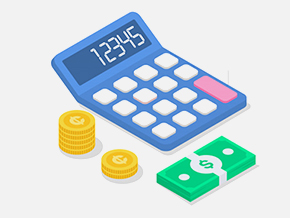-
- PCB TYPE
- PRINTED CIRCUIT BOARD PROTOTYPE ALUMINUM PRINTED CIRCUIT BOARD R&F PCB FPC HIGH FREQUENCY PCB HIGH-TG PCB HEAVY COPPER PCB HDI PCB PCB FOR LIGHTING METAL CORE PCB
time:Oct 28. 2021, 17:48:49 Views:189
The next introduction is a very thin layer of copper foil, which is pressed onto the substrate through heat and adhesive during production. On the double-sided board, the copper foil will be pressed to the front and back sides of the substrate. In some low-cost occasions, copper foil may only be pressed on one side of the substrate. When we refer to "double-sided board" or "two-layer board", we mean that there are two layers of copper foil on our lasagna. Of course, in different PCB designs, the number of copper foil layers may be as few as 1 layer, or more than 16 layers.
There are many types of thickness of the copper layer, and the unit is weight. Generally, the weight (oz. oz) of copper covering one square foot uniformly is used to express. The copper thickness of most PCBs is 1oz, but some high-power PCBs may use 2oz or 3oz copper thickness. Converting ounces (oz) per square foot, it is about 35um or 1.4mil copper thickness.

Soldermask (solder mask)
Above the copper layer is the solder mask. This layer makes the PCB look green (or SparkFun's red). The solder mask layer covers the traces on the copper layer to prevent the traces on the PCB from contacting other metals, solder or other conductive objects to cause short circuits. The existence of the solder mask allows everyone to solder in the right place and prevents solder bridging.
The solder mask covers most of the PCB (including the traces), but the silver ring and SMD pads are exposed to facilitate soldering.
Generally speaking, solder mask is green, but almost all colors can be used for solder mask. Most of SparkFun boards are red, but IOIO boards are white, and LilyPad boards are purple.
Silkscreen
On top of the solder mask, there is a white silk screen layer. Letters, numbers and symbols are printed on the silk screen of the PCB, which can facilitate assembly and guide everyone to better understand the design of the board. We often use symbols on the silk screen layer to mark certain pins or LED functions.
The most common color of the silk screen layer is white. Similarly, the silk screen layer can be made into almost any color. Black, gray, red or even yellow silk screen layers are not uncommon. However, it is rarely seen that there are multiple silk screen colors on a single board.

Got project ready to assembly? Contact us: info@apollopcb.com



We're not around but we still want to hear from you! Leave us a note:

Leave Message to APOLLOPCB
